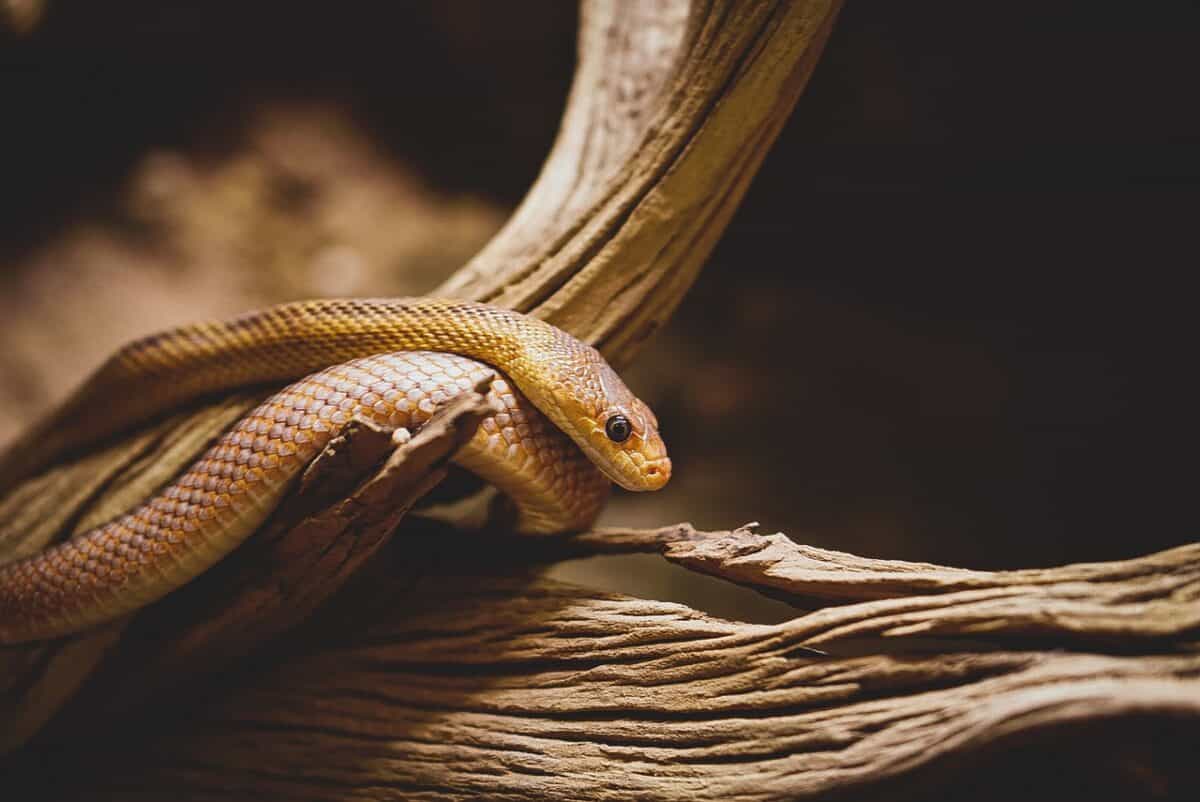Cold-blooded animals, or ectotherms, face significant challenges during the winter months. Unlike warm-blooded animals, they can’t generate their own heat and must find creative ways to cope with dropping temperatures. This fascinating aspect of their biology has led to remarkable adaptations that ensure their survival. Let’s delve into the intriguing world of cold-blooded creatures and explore how they endure the chill of winter.
Understanding Cold-Blooded Animals
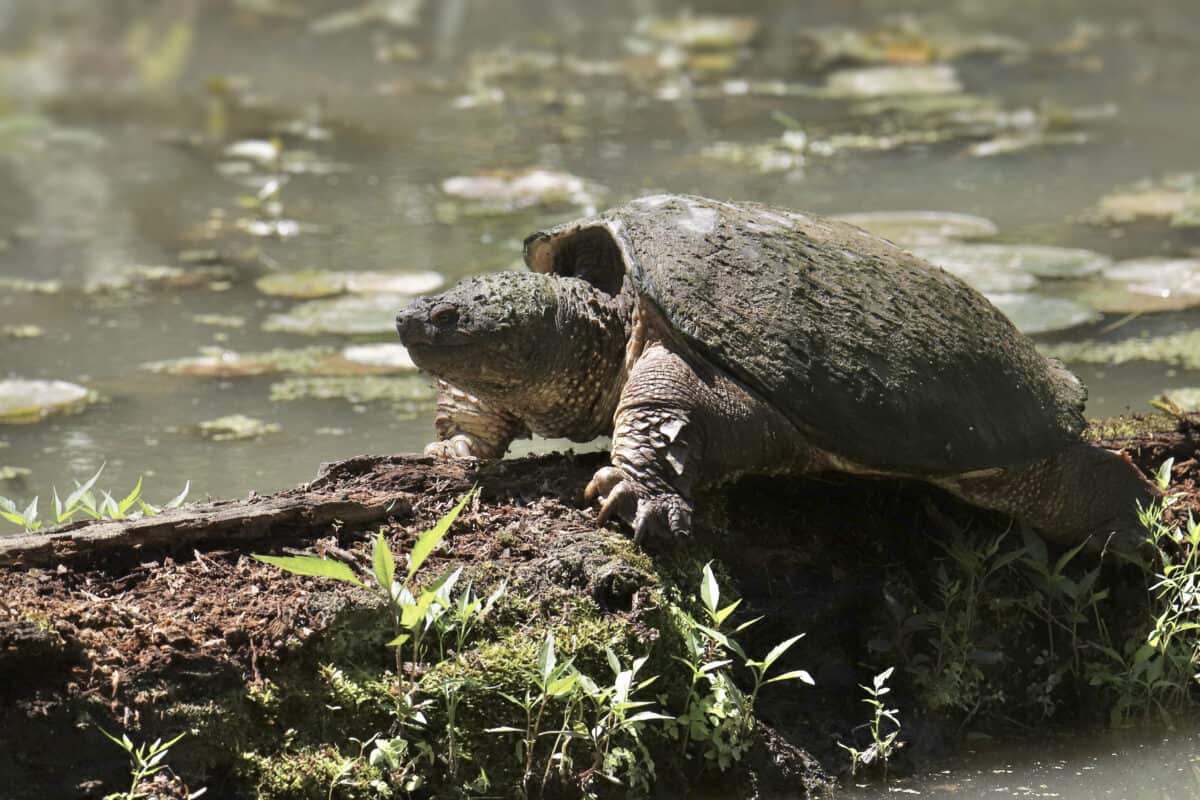
Cold-blooded animals, including reptiles, amphibians, and many fish and insects, are ectothermic, meaning they rely on external heat sources to regulate their body temperature. This adaptation presents a unique set of challenges, particularly during winter when external temperatures can be inhospitable.
The Concept of Brumation
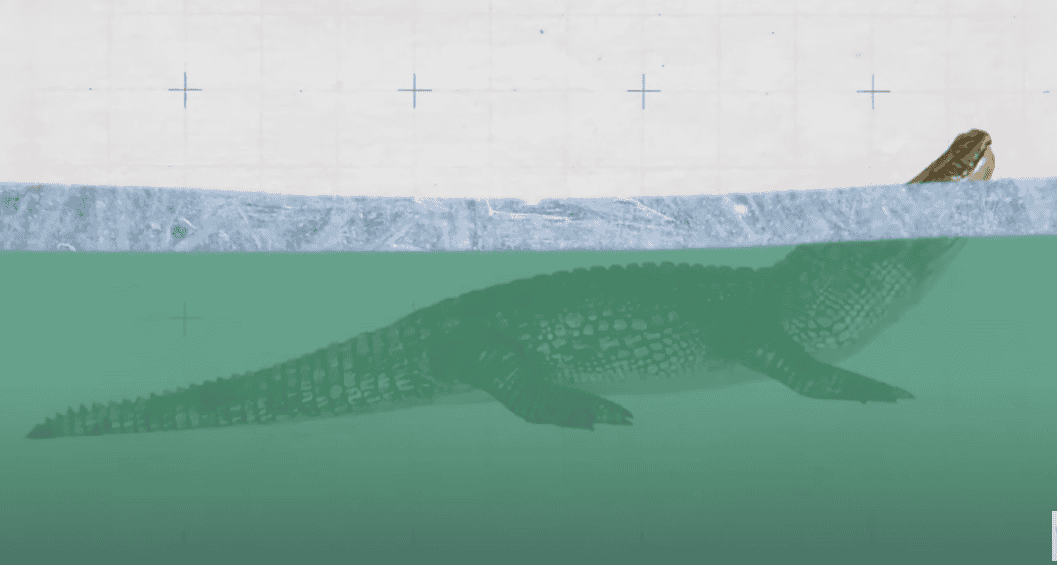
Similar to hibernation in mammals, brumation is a period of dormancy that helps many cold-blooded animals survive winter. During brumation, metabolic rates decrease significantly, allowing the animals to conserve energy. They become lethargic and may not need to eat for extended periods.
Deep Inside: The Role of Burrowing

Burrowing into the ground is a common survival strategy for cold-blooded animals. Earth provides insulation, maintaining a more stable temperature than the surface. Many reptiles and amphibians will dig deep into the ground to escape the biting cold.
Utilizing Sunlight via Basking

When sunlight is available, cold-blooded animals will often bask, using solar radiation to warm their bodies. Even on colder days, finding a sunny spot can provide the heat necessary to sustain bodily functions. This behavior is especially common on clear winter days.
The Phenomenon of Supercooling
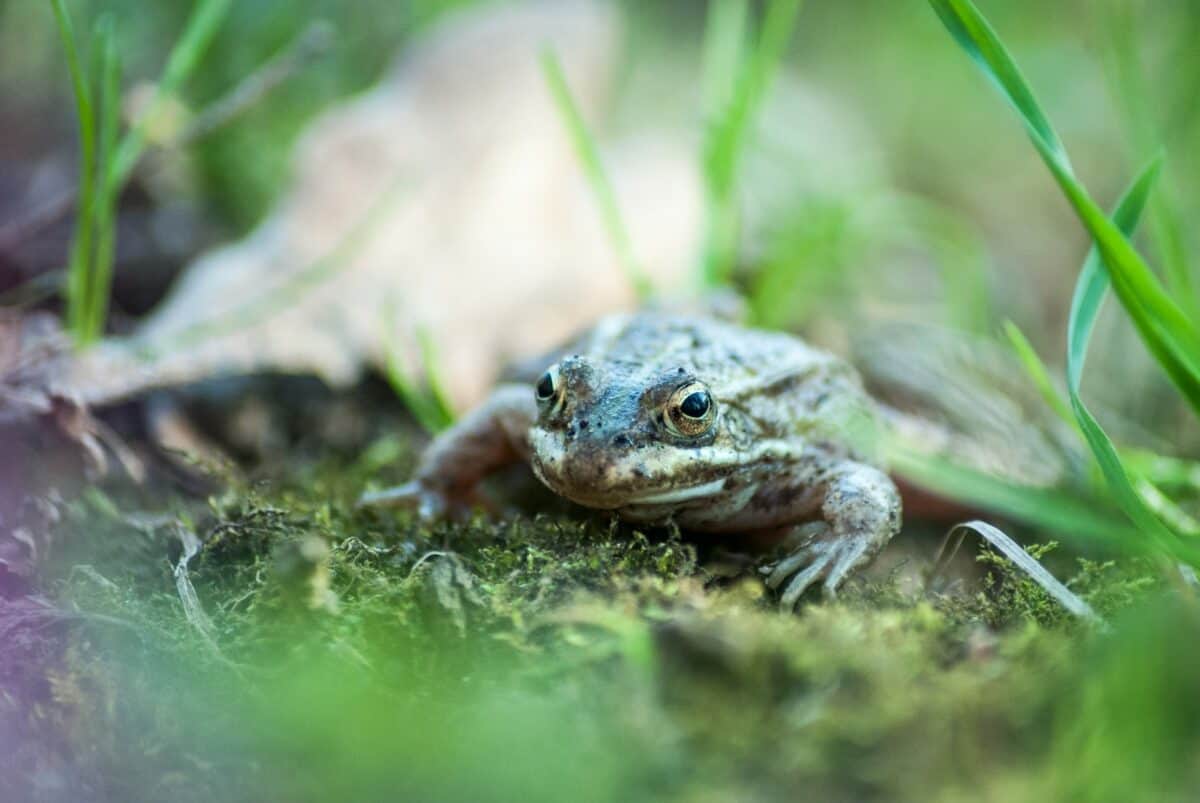
Supercooling is a fascinating adaptation seen in some fish and insects. By lowering the freezing point of their bodily fluids, these creatures avoid ice formation within their tissues. This biological trick helps them survive in temperatures that would otherwise cause fatal ice crystals to form inside their bodies.
Antifreeze Proteins: A Biological Miracle
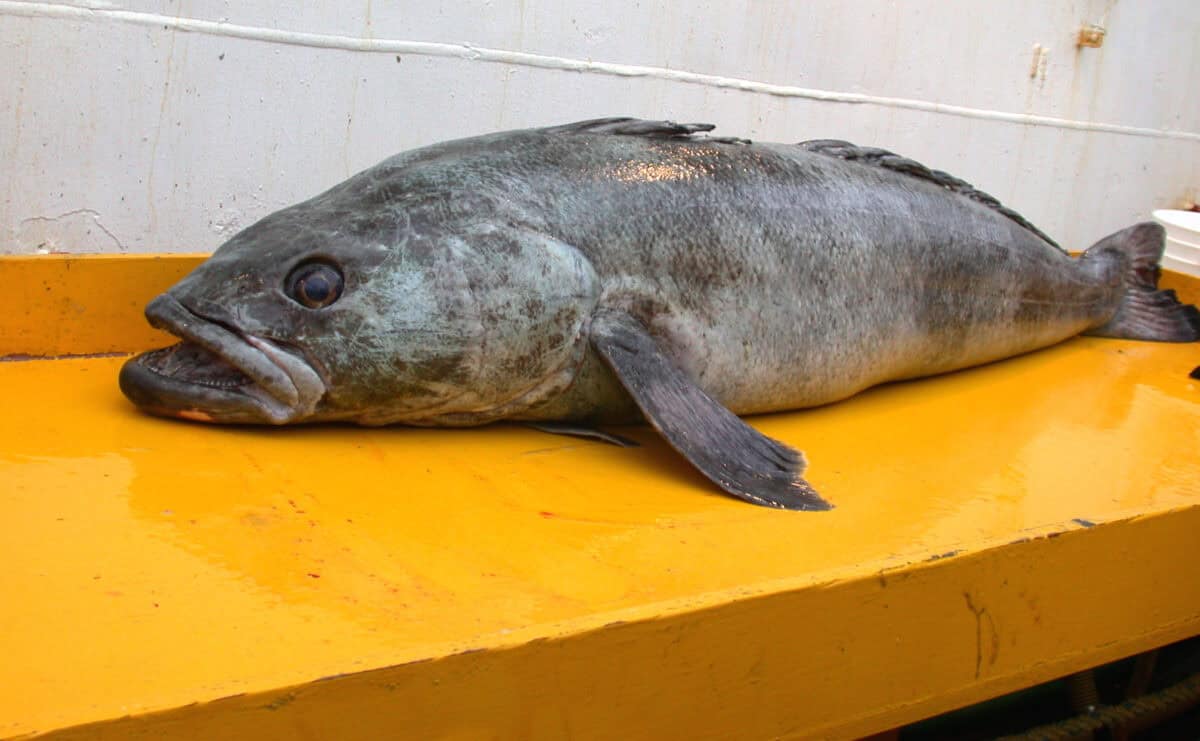
Certain cold-blooded animals, like Arctic fish, produce antifreeze proteins that inhibit ice crystal formation. These proteins bind to ice crystals and prevent them from growing or reorganizing, offering another layer of protection against freezing temperatures.
Torpor: A Short-Term Saving Grace
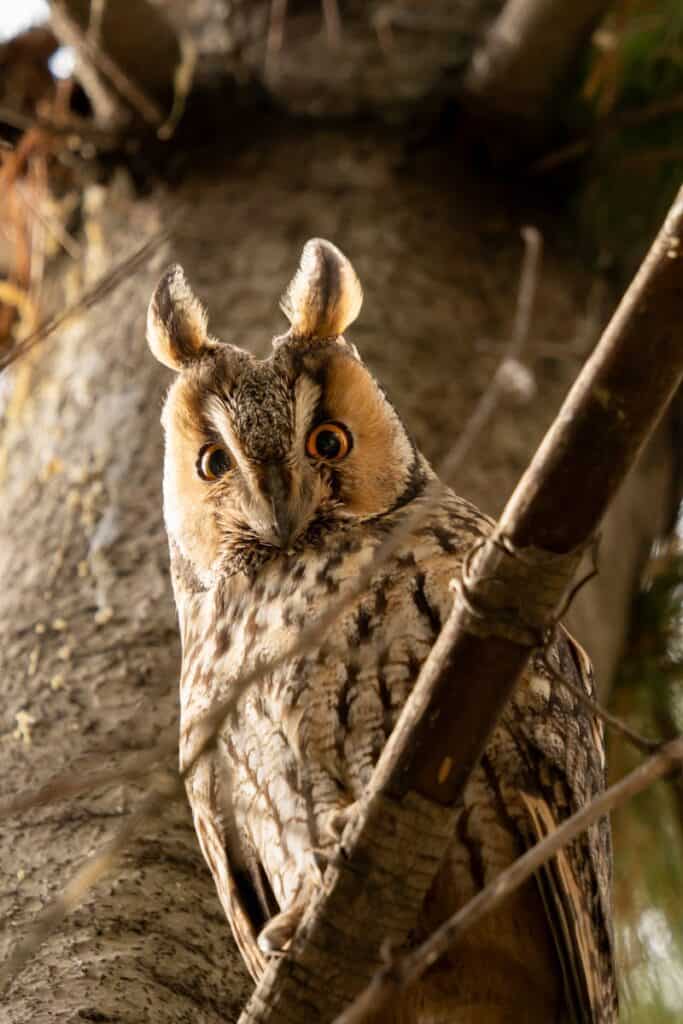
Torpor is a temporary state of decreased physiological activity. Some ectotherms use torpor during cold spells, reducing their metabolism and energy needs without entering a full state of brumation. This allows them to ride out short periods of cold weather.
Hydration and Dehydration Strategies
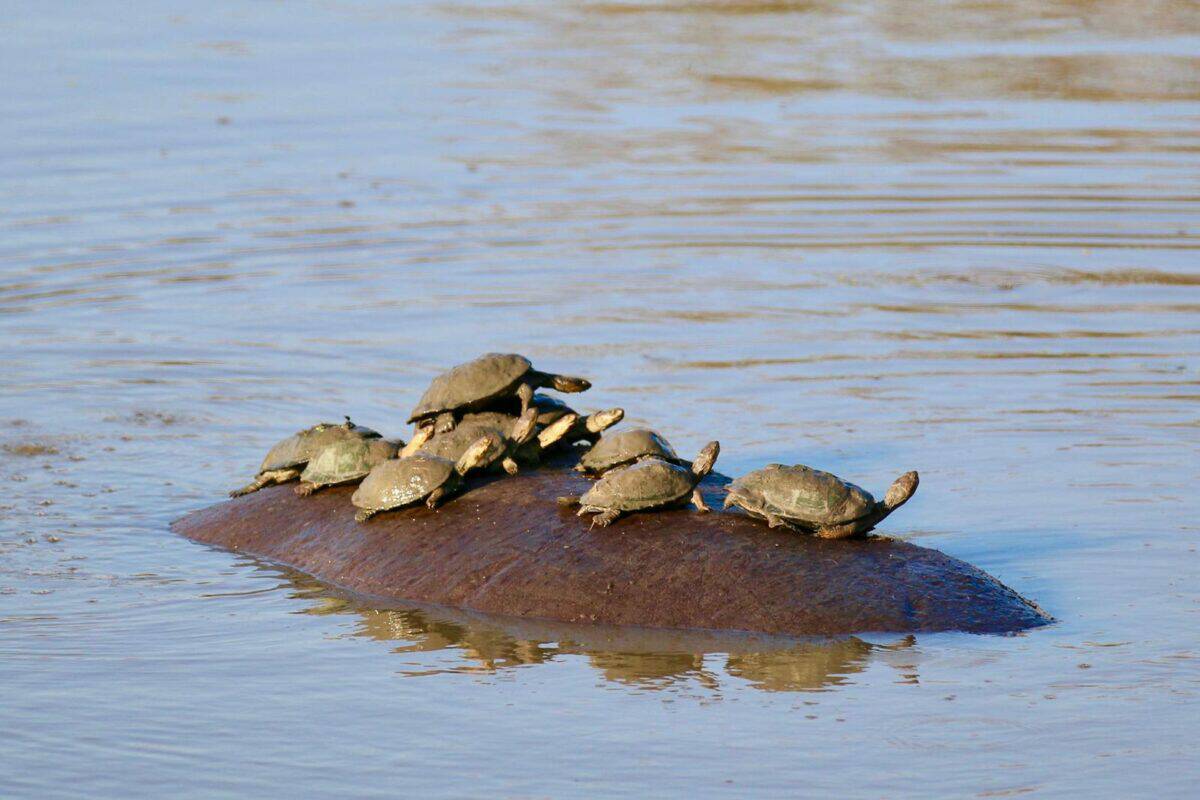
An unusual but effective strategy is for some reptiles and amphibians to reduce their body water content, which lowers the risk of ice formation. By partially dehydrating, they lessen the chances of freezing during cold snaps.
Surviving Under Ice: The Case of Frogs
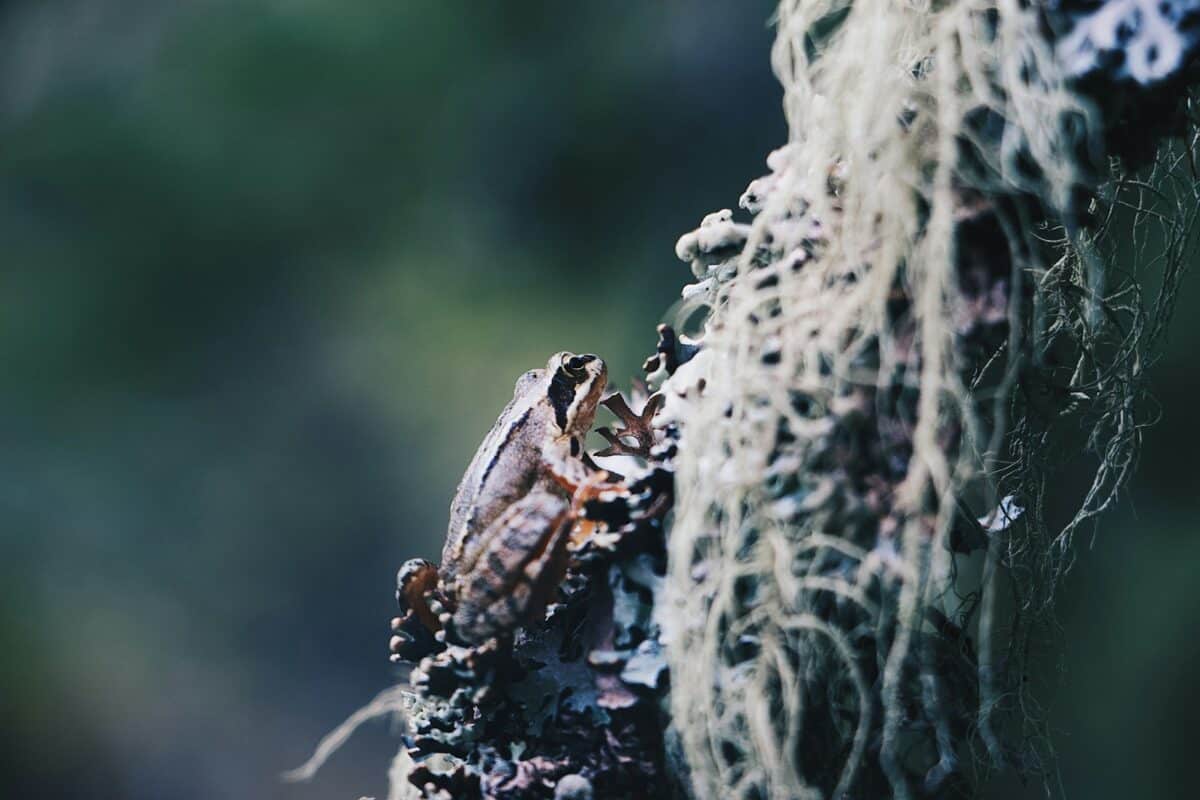
Certain frog species have adapted to survive winter by allowing themselves to freeze completely. They can tolerate ice formation in their bodies, with critical organs protected due to high glucose concentrations acting as an antifreeze. Once temperatures rise, these resilient amphibians thaw and resume their activities.
Effectively Using Fat Reserves
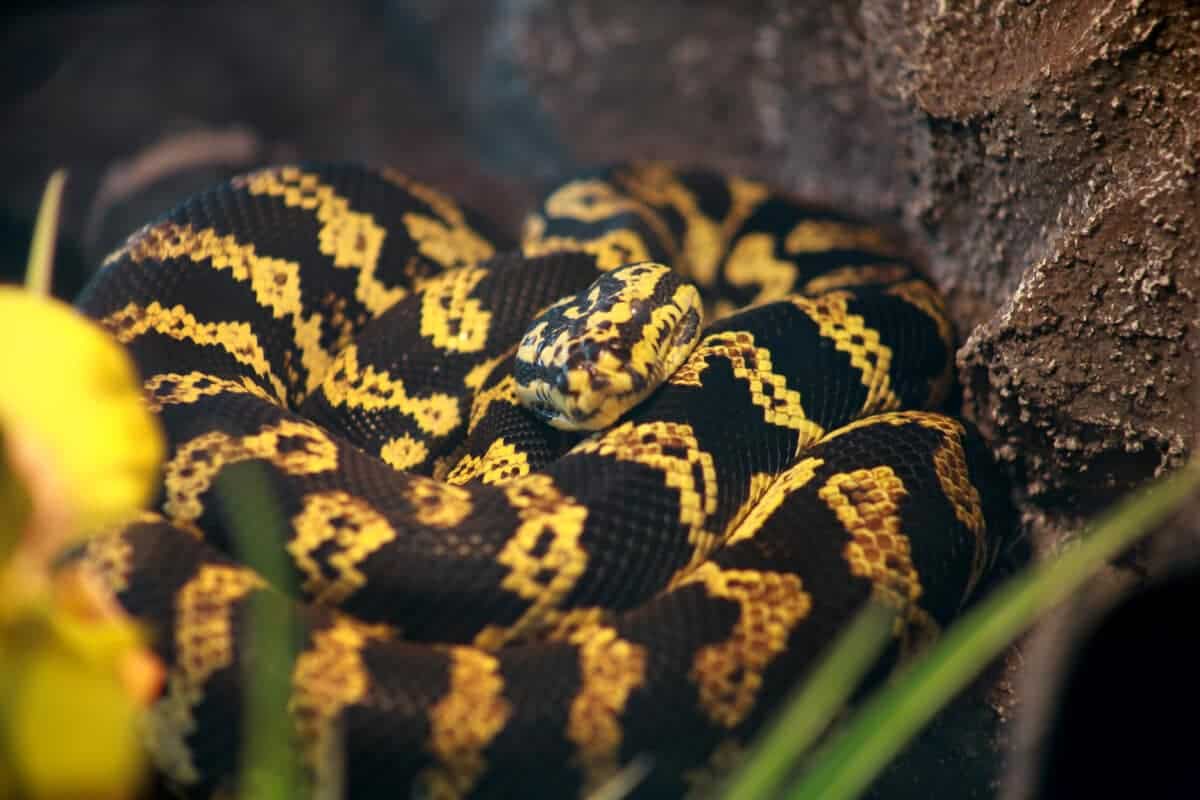
Cold-blooded animals accumulate fat reserves during warmer months, which they can draw upon through the winter. This stored energy is crucial for survival as it sustains them during periods when food is scarce.
Behavioral Adaptations to Weather Changes

Behavioral adaptations are just as critical as physiological ones. For instance, cold-blooded animals may change their active hours, opting for midday activity when temperatures are higher, even during winter.
The survival strategies of cold-blooded animals in the winter are a testament to the ingenuity of nature. From supercooling to the use of antifreeze proteins, these adaptations highlight the incredible resilience of ectothermic creatures. Understanding these mechanisms not only enriches our appreciation for these animals but also sheds light on the intricate balance of life and adaptation in ecosystems around the world.
- America’s Most Endangered Mammals And How to Help - August 9, 2025
- The Coldest Town in America—And How People Survive There - August 9, 2025
- How Some Birds “Steal” Parenting Duties From Others - August 9, 2025

